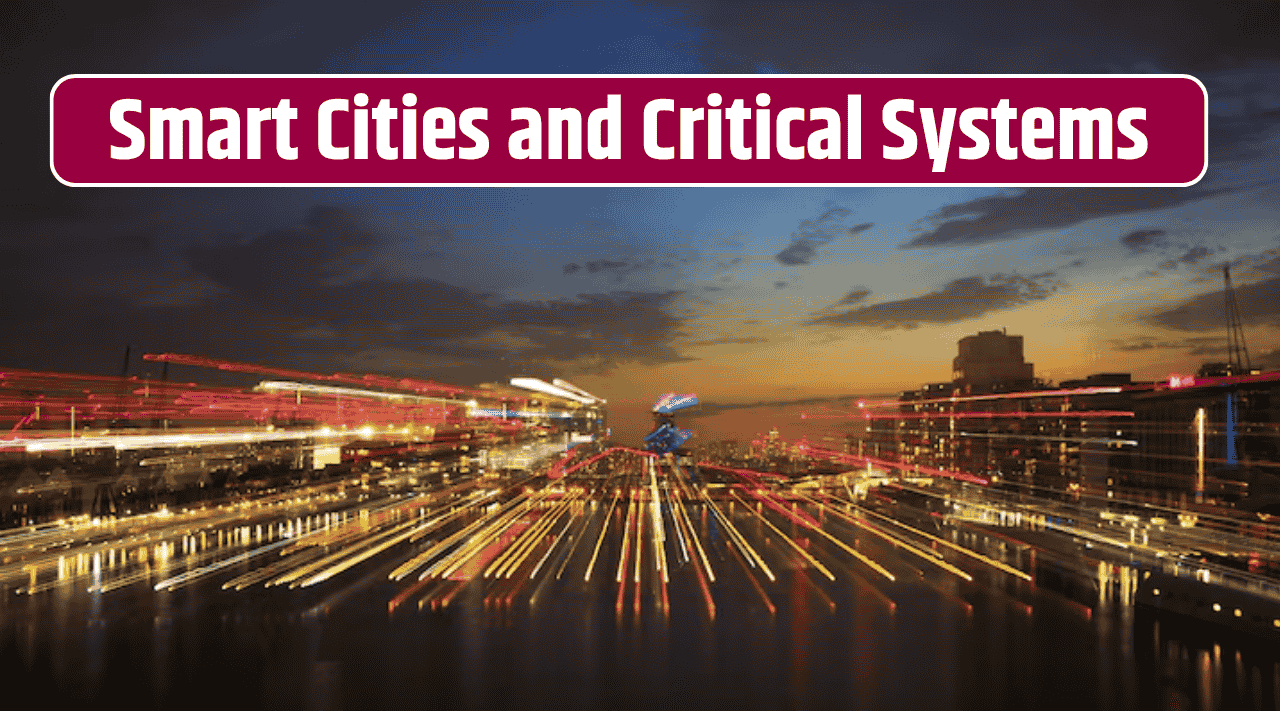As cities grow smarter, they also become more vulnerable. The integration of digital technologies into urban infrastructure—while improving efficiency, sustainability, and citizen services—also creates new vulnerabilities. From traffic lights and water systems to surveillance networks and energy grids, the increasing reliance on connected systems has made cities more efficient but also more fragile in the face of cyberattacks, system failures, and natural disasters.
To safeguard these digital ecosystems, city planners, tech providers, and policymakers must rethink what resilience means in the context of modern urban infrastructure.
Table of Contents
What Is a Smart City?
A smart city uses digital technology and data to enhance the quality of life for its citizens. This includes IoT (Internet of Things) devices, artificial intelligence, cloud computing, and real-time analytics integrated into public services such as:
- Traffic and transportation systems
- Utilities and energy management
- Public safety and surveillance
- Environmental monitoring
- Emergency response
While these systems improve urban living, their interconnectivity can become a single point of failure when not properly protected.
The Fragility of Digital Urban Systems
Unlike traditional infrastructure, digital systems depend heavily on real-time data, cloud networks, and third-party vendors. If any of these elements fail, the ripple effects can be widespread:
| System Impacted | Potential Failure Consequences |
|---|---|
| Traffic Management | City-wide gridlock due to malfunctioning signals |
| Water Supply | Service interruptions from hacked or disabled systems |
| Surveillance Systems | Gaps in public safety and incident response |
| Power Grids | Blackouts caused by ransomware or grid overloads |
| Emergency Services | Delayed dispatch due to communication system failures |
In 2021, a ransomware attack on a U.S. city water treatment plant nearly altered chemical levels, exposing the real-world danger of unsecured systems.
Key Areas for Digital Resilience
1. Cybersecurity Integration
Smart cities must prioritize cybersecurity at every level—device, network, application, and data. This means regular audits, encryption protocols, multi-factor authentication, and proactive threat detection tools.
2. Redundancy and Backup Systems
Cities should not rely on a single system or vendor. Building in redundancy—such as backup servers, failover communication lines, and manual override capabilities—ensures continuity during outages.
3. Data Governance and Privacy
With large amounts of citizen data collected daily, privacy must be built into every system. Clear governance policies help reduce misuse and ensure compliance with laws like GDPR and CCPA.
4. Vendor and Third-Party Risk Management
Smart cities often depend on private companies for software, maintenance, and system integration. Contractual risk-sharing, background checks, and service-level agreements (SLAs) help manage these relationships.
5. Community and Stakeholder Engagement
Digital resilience isn’t just a technical issue—it’s also social. Citizens should be informed about smart city initiatives and encouraged to participate in planning, feedback, and digital literacy programs.
Building Resilience by Design
Resilience must be an architectural priority, not an afterthought. City planning should include:
- Risk modeling to anticipate failures
- Inter-agency coordination for quicker response
- Resilience scoring for new infrastructure projects
- Regular drills and tabletop exercises for emergency scenarios
Investment in these areas can prevent small failures from cascading into city-wide disruptions.
Global Examples of Smart but Fragile Cities
- Barcelona is lauded for its smart infrastructure but faced criticism for poor cybersecurity coordination across departments.
- Singapore leads in urban resilience by combining smart tech with strong cybersecurity policies and national drills.
- Atlanta suffered a ransomware attack in 2018 that paralyzed city services for days, highlighting how legacy systems and underinvestment can amplify vulnerabilities.
These examples underscore the need for balancing innovation with digital fortification.
As cities race to embrace the future, resilience must evolve beyond concrete and steel. In a world where software drives traffic, power, and safety, protecting the digital layers of our infrastructure is just as critical as maintaining the physical ones. Smart cities can deliver immense value—but only if they’re secure, resilient, and inclusive by design.
FAQs
What makes smart cities vulnerable?
Interconnected systems and reliance on digital technology expose cities to cyber threats, system failures, and data breaches.
How can cities improve their digital resilience?
By investing in cybersecurity, redundant systems, data governance, and community engagement while conducting regular risk assessments.
Why is redundancy important in smart city systems?
Redundancy ensures that services can continue or quickly recover when primary systems fail.
Who is responsible for digital resilience in cities?
Responsibility is shared among local governments, tech providers, cybersecurity teams, and even residents.
Can smaller cities also become smart and resilient?
Yes. With scalable technologies and strategic planning, even smaller municipalities can benefit from smart infrastructure while safeguarding against risks.














